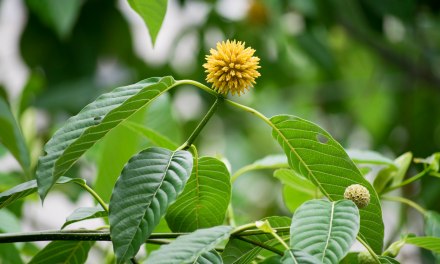I’d describe the explosion in cannabis-related business ventures as a classic economic ‘bubble’. They occur regularly in different industries. Cannabis, especially where newly legalized, fits the profile.
Bubbles follow a predictable cycle. At first, suddenly increasing demand greatly outstrips supply. As a result, the product commands an inflated price. Seeing this, early investors strike hard, exploiting the situation to their advantage for spectacular returns. Attracted by tales of fabulous success, other investors crowd the field, creating competition. As the demand is met and exceeded, various companies battle for the drug dollar. The price falls, and keeps falling. That undercuts the value of the product and also the businesses that make and sell it. The market cools significantly.
Investors begin to look elsewhere for big returns. After all, their loyalty was to the cash, not the business.
Quick money-making schemes abound in such conditions. For instance, ‘multilevel marketing’ (MLM), where the goal is not just to sell the product but to turn the consumer into a sales agent, working on commission, often reaching into his own pocket to buy more product in hopes of reselling it at a profit. In other industries, this has led to the phenomenon of ‘garage rich’– your car is parked on the street because your garage is packed to the ceiling with herbal soap or plasticware or ‘natural’ healing supplements that you’ll probably never get rid of. That seems to be happening for cannabis products, particularly oils and edibles. Just the other day somebody tried to sell us a cannabis product as a treatment for heroin addiction. It was ‘nanoenhanced’, whatever that means.
Then there are the startups. An eager investor buys into a young business in the hope that some larger company will swoop in to buy it for untold millions. We saw this cycle with addiction treatment programs, back when people thought Obamacare would be expanded. After the recent election, some of the air went out of that one.
With cannabis, the likelihood is that a few early investors will make a fortune. But most won’t. Some will be stuck with an oversupply of a product that’s declined in price. In one state that legalized cannabis, price has now fallen 25% and continues to drop. You have to be well-capitalized to make it through such downturns. Many of the new ventures weren’t.
A lot has been written about bubbles and the crash that often results as they collapse. But I still recommend Charles MacKay’s 1852 classic, Extraordinary Popular Delusions and The Madness of Crowds. It’s available free by download.
The cases MacKay examines, including Tulipmania and the South Sea Bubble, occurred a very long time ago. Communication was far more difficult back then. Social media has changed all that. Nowadays, both the mad growth and the resulting panic can occur over a much shorter interval. And create many times the number of victims.













